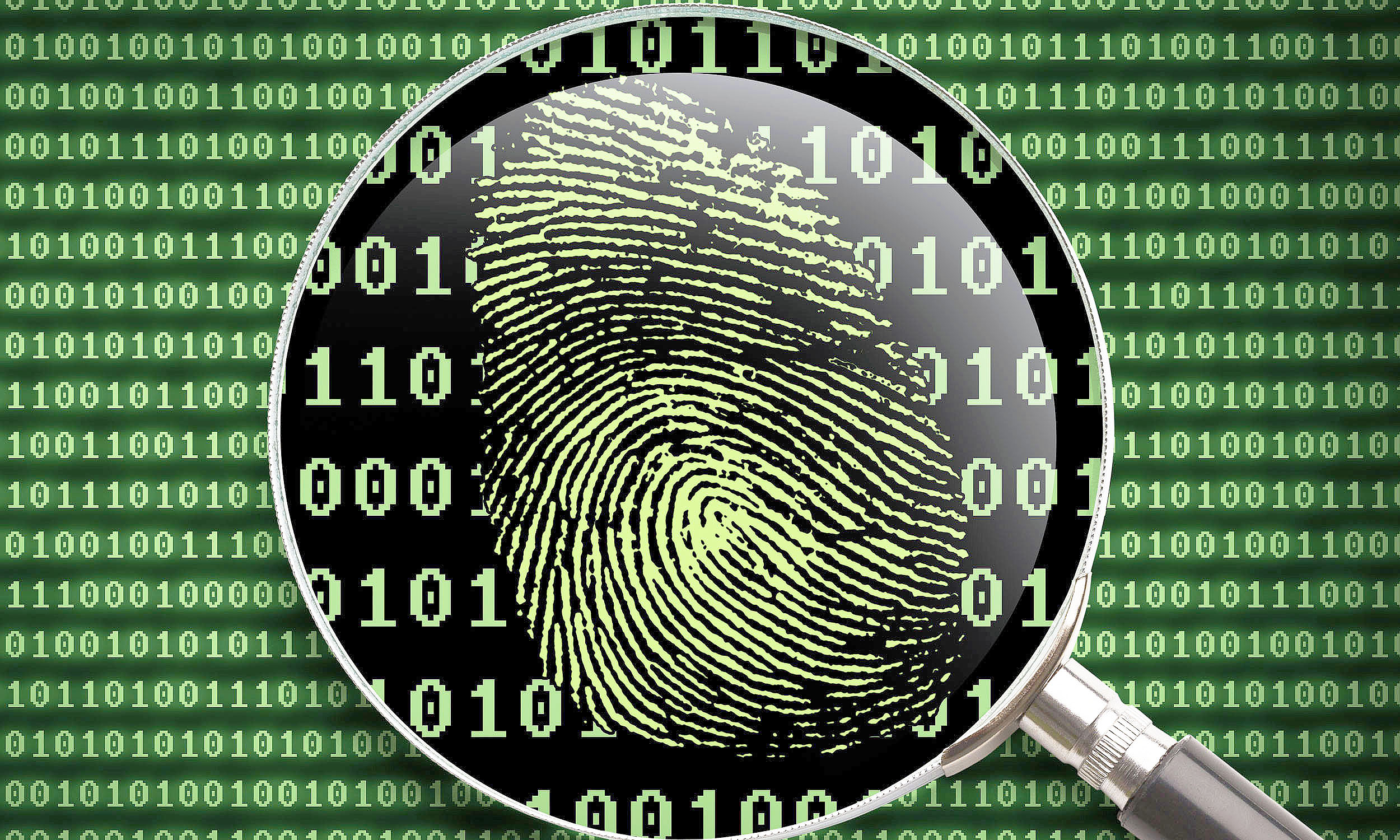AI Challenges the Uniqueness of Fingerprints, Disrupting Law Enforcement Practices

Fingerprint Analysis and the Role of Artificial Intelligence
Fingerprint analysis has been a fundamental method in solving crimes for over a century. Investigators rely heavily on fingerprint evidence to identify suspects or link them to specific crime scenes, operating under the assumption that each fingerprint contains a unique pattern. However, recent research has challenged this long-held belief.
New Findings on Fingerprint Similarity
A team of researchers, led by Hod Lipson of Columbia University and Wenyao Xu of the University at Buffalo, discovered that fingerprints from different fingers of the same person can sometimes appear more similar than previously thought. This revelation emerged from a study that utilized artificial intelligence (AI) to analyze different fingerprint datasets.
An undergraduate researcher, Gabe Guo, analyzed around 60,000 fingerprints from a public U.S. government database. By feeding pairs of fingerprints into a deep neural network, Guo’s model learned to distinguish whether prints belonged to the same individual or different individuals. Impressively, the AI achieved a 77% accuracy rate when comparing single pairs, and its accuracy markedly increased when analyzing multiple samples simultaneously. This suggests a potential to enhance forensic methods significantly.
Resistance from Traditional Forensics
Despite the promising implications of their findings, the researchers faced considerable skepticism from the forensic community. Their initial submission to a well-respected forensic journal was rejected, primarily due to the ideology that different fingers of the same person always produce unique prints. The team remained resilient, seeking publication in other forums and insisting on the need for a more nuanced understanding of fingerprint analysis.
Lipson, who co-directs the Makerspace Facility at Columbia, emphasized the potential to revisit cold cases and positively affect the lives of innocent people who may have been wrongfully convicted.
AI’s Unique Approach
Traditional fingerprint analysis often focuses on what are known as minutiae—specific points where ridges in the fingerprint bifurcate or end. However, Guo’s AI did not rely on these minutiae. Instead, it assessed other characteristics related to the angles and curvatures found in the central portions of fingerprints. This suggests that current methods might overlook crucial visual details, which could be beneficial in investigations.
Improving Data Collection
The collaboration also included contributions from Columbia Engineering graduate Aniv Ray and PhD student Judah Goldfeder. They proposed that the effectiveness of the AI model could expand further with access to larger, more diverse fingerprint databases. “Imagine how well this will perform once it’s trained on millions, instead of thousands,” Ray commented, expressing optimism about the future of this research.
Addressing Potential Bias
The researchers understood the risks of bias in their model. While the AI showed consistent performance across different demographics, they acknowledged the importance of diverse fingerprint collections for thorough validation. The ultimate aim is to provide law enforcement with an efficient supplementary tool that can aid in complicated cases, narrowing down suspects or linking crime scenes through partial prints.
Lipson also pointed out a common misconception about AI—that it merely reiterates existing knowledge. However, this AI study serves as evidence that machine learning can unveil insights that have eluded experts for years, even using relatively simple algorithms and existing datasets.
The Future of Forensics
The implications of this research could reshape how forensic experts approach fingerprint analysis, especially when multiple fingerprints from the same suspect are connected to various locations. The findings may encourage a reevaluation of established procedures within the forensic community, indicating a shifting landscape in how evidence is assessed.
This advance in AI technology illustrates that breakthrough discoveries can stem from fresh perspectives, even from individuals without extensive backgrounds in forensic science. The study demonstrates the potential for AI-driven scientific inquiry to provoke changes across numerous fields, not just forensics.
The full details of this influential research have been published in the journal Science Advances, laying the groundwork for a future where AI substantially enhances investigative methodologies.






